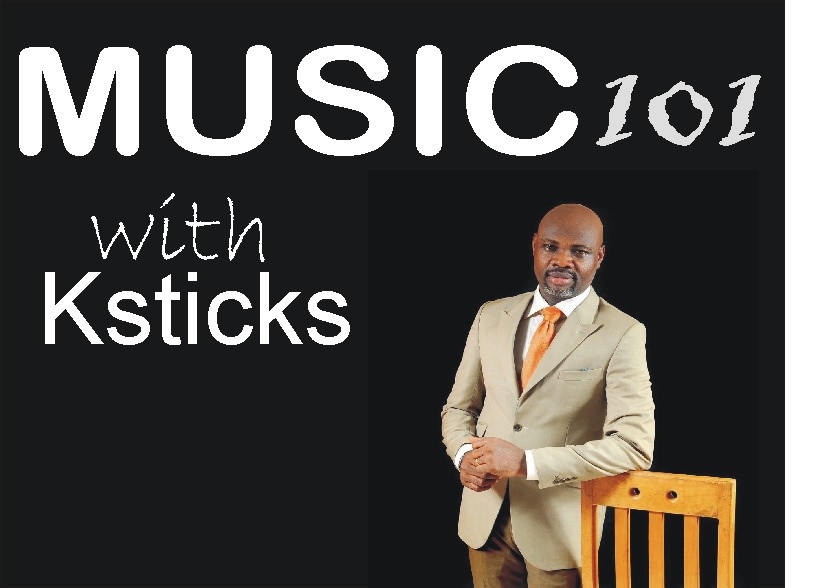Gospel music originated from a style of music called Spiritual: an earlier musical style which emanated from the African American Christian slaves around the late 17th Century. The characteristic musical elements of Spiritual are evident in blues, the secular genre among the black slaves. The core musical element of gospel music is the stylistics development which began with the musical tradition of the Protestant churches among the Negro slaves.
The evolutionary period of gospel music spanned 1900 till the last decade of 19th century, crossover era or postmodernism period developed from the 1990s to present day. Some of the musical elements involved embellished simple melodies in full falsetto voice or natural voice, extension or repetition of any fragment of texts, spontaneous or choreographed dancing, shout, hum, growl, moan, whisper, scream, cry, glissandos, interpolating formulaic phrases, clapping and stumping to accompany singing, open-ended ostinato and many more.
CORE ELEMENTS IN URBAN GOSPEL MUSIC
Below are the characteristic features of the Contemporary Gospel music which can also be referred to as the Urbanization of contemporary gospel music. The focus here is on urban youth and mainstream music or Afro-centric gospel music. Paul, David and Maurice. (2009:31) in examining the musical elements in urban Gospel Music state:
“When gospel music is performed in African- American churches, it is important that the audience respond. In fact, the performer’s skill is measured by the amount of active support or talking back that comes from the listeners.”
Some of the major musical elements are:
- Rhythmic pattern is mostly Hip-hop and Funky grooves. The rhythmic flow of compound triple meter of three dotted crotchet beats in a bar that is (9:8) and six quaver beats in a bar that is (6:8) are also common.
- Drummers typically play with Loop (a light sequenced drum rhythm). Music sequencing, synthesizers, samplers, drum machines, and various music software on computers that enhance rhythmic creativity especially for accompaniment tracks.
iii. Music technology plays a major role. Rap and R & B musical elements with heavy emphasis on the bass guitar, electronic organ, brass and horns lines are relevant.
- Frequent modulation, text distortion, Polytonality and metric change, ‘praise break jams’ are common musical elements.
- Dark timbre, Chest Singing, men singing falsetto, female tenor and coloratura sopranos, moaning, groaning, shouting, various vocal effects are also common for vocal embellishment.
ALSO READ: Gospel music more accepted than secular music in Africa ―Mike Abdul
FORM IN CONTEMPORARY GOSPEL MUSIC
The form is defined as the structural plan or pattern of a musical composition. Of all the major forms and patterns of the 21st Century Contemporary songs, the principle of familiarity (repetition) and freshness (contrasts) are some of the most appropriate elements when arranging songs. Paul, David and Maurice (2009:12) states:
“The repetition and contrasts tend not only to build the performance but also to give a feeling of balance and symmetry to the composition as a whole.”
Hence, the need to understand the principle guiding repetition and contrast in order for us to arrange or rearrange our composed song and or copyright song better. A good understanding of form will enable music directors and band leaders take ownership of their songs/compositions
ø Repetition: Restatement of a musical idea or section
of music. That is, A to A where A is the musical idea
ø Variation: Modification of a given musical idea after its first emergence. It reduces the boredom effect of repetition by creating excitement vis-a-vis newness: That is, A to A1 where A1 is the modified musical idea
ø Contrast: Conflict of a musical idea or forward movement of a motif. It introduces freshness to an on-going musical idea. That is A to B where B is the new movement or musical idea.
From the above simple analysis, we can have a song having a structural form below: A to A to A1 to B to A
ø Intro: The part (mostly played by the musician) to introduce the main music. The key and some special futures like tempo, mood and rhythmic flow of the music should reflect in the intro. In some rare occasions, the vocal arrangement could form the intro. The intro could be in different stages or movements.
ø Verse: This is referred to as the body of the music. It could be one or several. The verse could be taken by a soloist, duet, trio or choir, as instrumental, and even in the form of call and response. Thematic idea, message or story about the music mostly reflects here. It is necessary to clarify here that verse or body as popularly known in contemporary music is the same as a stanza in hymn or anthem.
ø Chorus: Literarily, chorus means ‘all/everybody’ singing together. It is the section of the music to be taken by everybody either as a verse or to be taken directly after the
verse. Chorus reflects the theme and title of the song in some compositions. One important feature of chorus and refrain is that it is the part that mostly sticks to people’s mind, so the melody should be simple, friendly and easy to sing along.
ø Pre-Chorus: This is a part that precedes the main chorus; so in most cases, it is structured to climax into the chorus part. The melodic and lyrical flows are different from that of verse and chorus. We can, therefore, conclude that pre-chorus is the part in between verse and chorus. Not all songs have pre-chorus.
ø Refrain: The term refrain primarily means repeat. It is most common in Hymns and poetic songs in strophic me-ter. Basically, refrain represents a part that constantly recurs at a particular time for a fixed, regular time span. The main difference between refrain and chorus is that while the lines of refrain are mostly structured as two or sometimes four lines, the chorus is mostly longer and may be inconsistent in its structural occurrence.
ø Interlude: This is mostly the instrumental part which recurs between musical arrangements. Just like the intro, interlude comes up anytime after the chorus of the first verse, consequently, there can be several interludes in a composition. Interlude section is usually a short melodic line which must be predictive. This is common with the organ or orchestra restatement of the last two lines or last line of the
refrain or chorus. In contemporary music, guitar or any melodic instrument mostly plays the interlude.
ø Bridge: This is the special transitional part that links two different parts of a song. It mostly comes up from the middle of the song. The concept of the bridge here can be likened to olden days plank or wooden bridges that connect two different villages. Thus bridges are characterized by special rhythmic mode, emphatically structured messages, (mostly lighter but deeper message), modulation and very expressive dynamics. Not all music has bridges. Most songs in place of bridges have what we call Link, Transition or Special Part.
ø Vamp: This is a special excerpt or small section to be repeated severally in order to build climax towards the end of the music. The climax is achieved with the various level of swap (concepts in which various voice parts exchange their parts in order to project on higher notes with a louder volume.
ø Coda: Coda is an Italian word which means tail. This represents the end section of a musical composition. A well- arranged/performed song is expected to have built a climax before the coda section.
ø Reprise: This simply means going back to the music when the song is already ended for the sake of emphasis and musical satisfaction. Revisiting the song again does not mean it should start afresh; the song could start from any of the above-mentioned parts. Since a reprise comes up for the sake of emphasis, the music should have been mastered, and at this point, lead-singers, musicians, and choir members are less tensed. It is, therefore, easier to display dexterity during reprise. It is interesting to note that we can have several reprises depending on the prevailing context.
ø Postlude: Just like the interlude, postlude is the part taken mostly by the instrumentalists at the end of the main music, though optional. The postlude is characterized by rapid rolls and scaly moves with several intermittent accented breaks by all the musicians. A lead-singer could also join in the postlude.
WATCH TOP VIDEOS FROM NIGERIAN TRIBUNE TV
- Let’s Talk About SELF-AWARENESS
- Is Your Confidence Mistaken for Pride? Let’s talk about it
- Is Etiquette About Perfection…Or Just Not Being Rude?
- Top Psychologist Reveal 3 Signs You’re Struggling With Imposter Syndrome
- Do You Pick Up Work-Related Calls at Midnight or Never? Let’s Talk About Boundaries







